
When Rice Was King (3): Rice Cultivation And Processing 3
Episode
3
Video
This clip explains the process in which rice is grown, and harvested.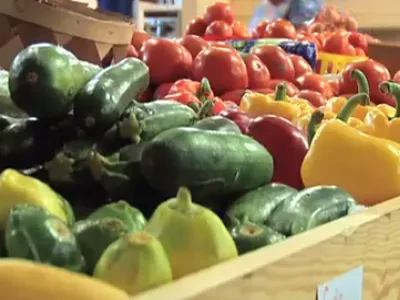
Agriculture has always been an important part of our lives here in South Carolina!

Video
This clip explains the process in which rice is grown, and harvested.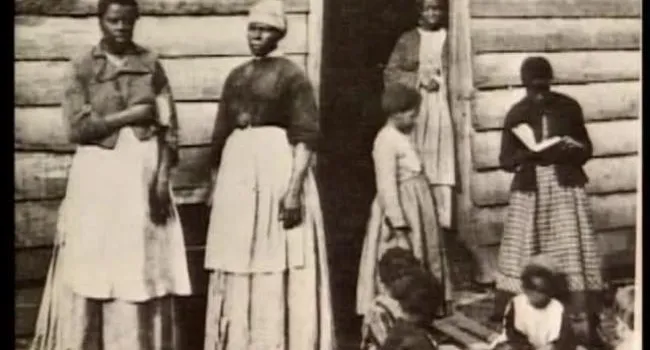
Video
An essay called "The Successful Planter," published in 1832, outlined a system of every day life for slaves living on plantations. State law in the 1830s forbade the education of slaves, but many...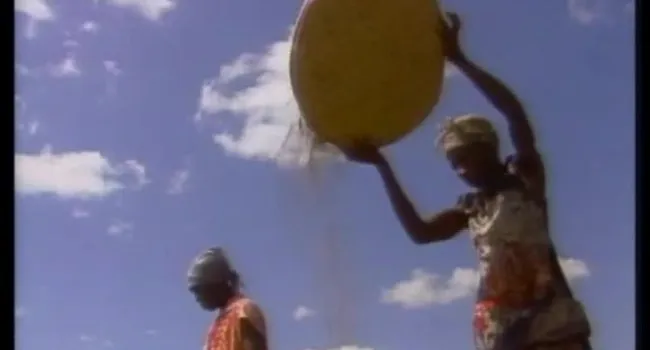
Video
"Saltwater Slaves" brought over from Africa, became highly sought-after, since many of them already had experience growing rice before being brought over to the "New World."
Audio
After the Civil War, and the end of slavery, cotton continued to remain as one of South Carolina’s mainstay crops, even well into the 20th century.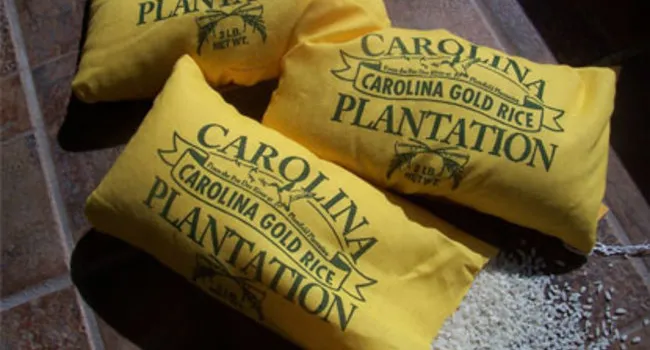
Audio
Dr. Coclanis describes why rice declined as a “cash crop” in South Carolina, in favor of other exports.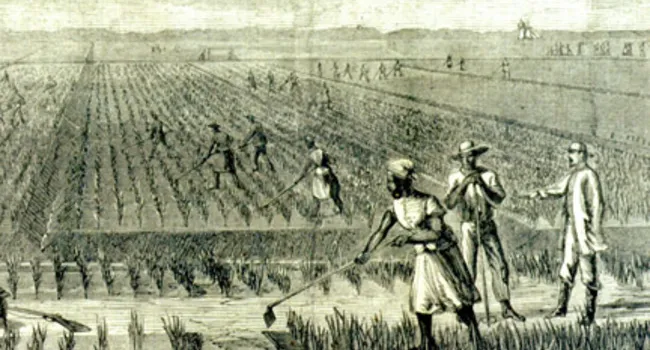
Audio
Walter Edgar begins by noting how Charleston played a crucial role in South Carolina’s economy. Dr. Coclanis then discusses the major exports from South Carolina. In the 18th century,rice was S.C.'s...
Audio
With the success of cotton in South Carolina, entrepreneurs in other states looked to cash in on the success of cotton plantations. When the cotton economy and market-shares begin to decline in S.C...
Audio
With the invention of the “Cotton Gin” by Eli Whitney, combined with methods we would today call “scientific plant breeding,” the cotton industry boomed in South Carolina, in the early 19th century...
Audio
In this first segment on ‘The Importance of Cotton,’ Dr. Peter Coclanis gives us a brief overview of South Carolina’s economic landscape, pre-Revolutionary War (1763). Before the American Revolution...
Audio
Dr. Peter Coclanis, the Albert Ray Newsome Distinguished Professor & Director of the Global Research Institute at the University of North Carolina, Chapel Hill, joins Dr. Edgar for the first of a...